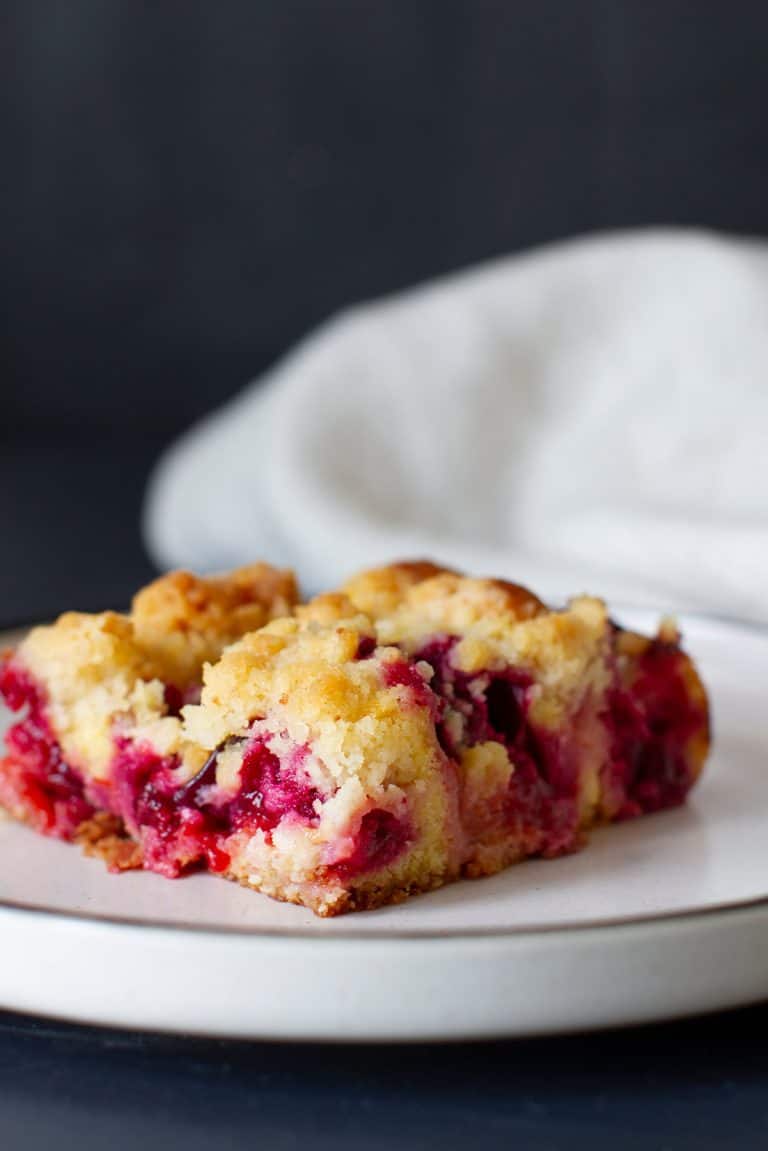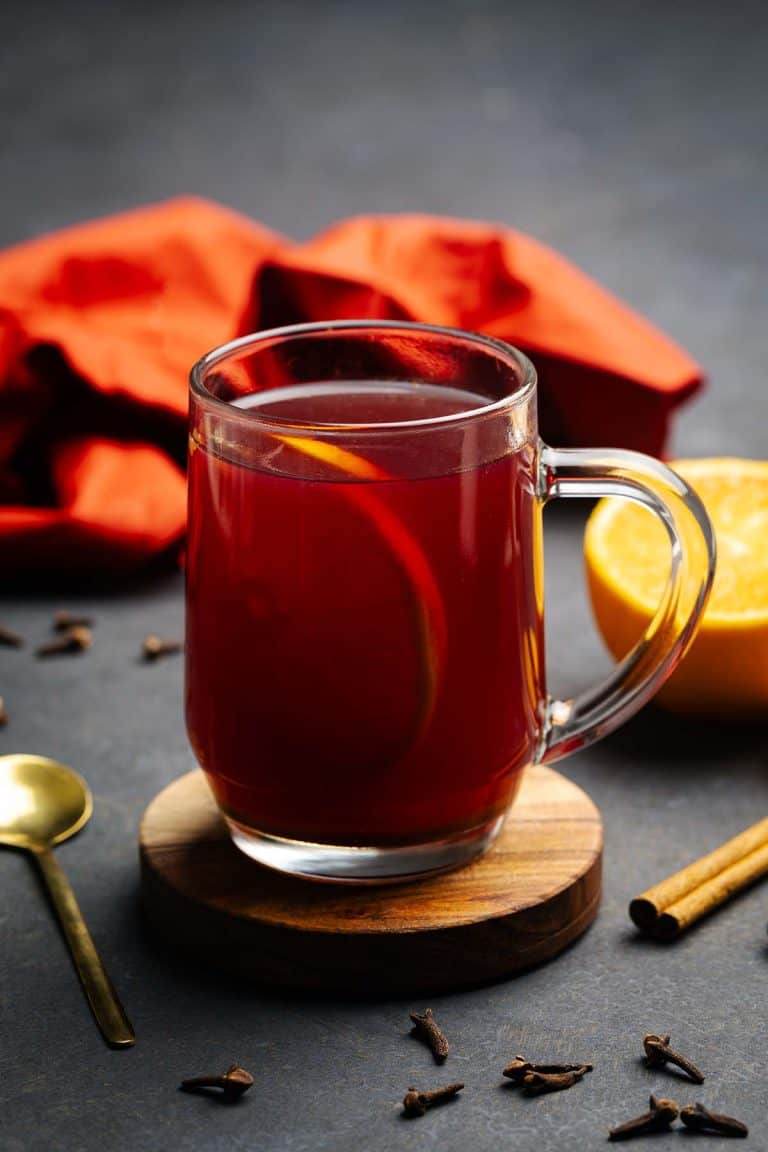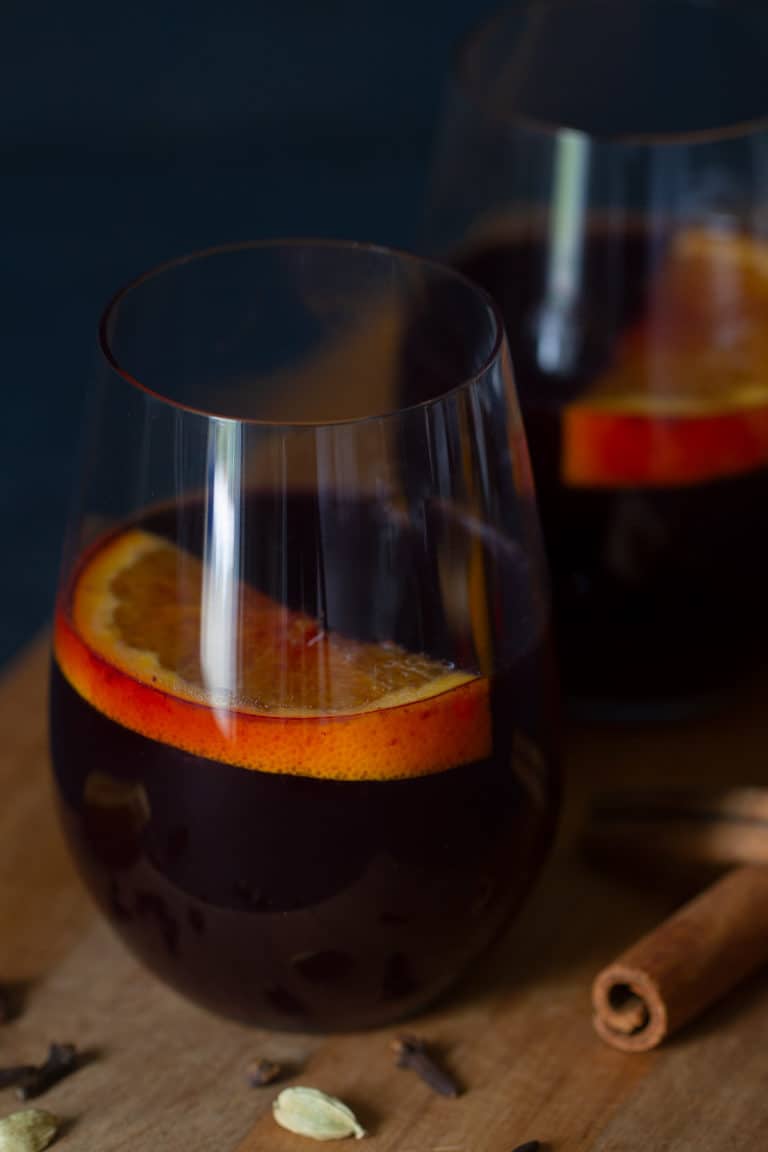Moka Pot – The Best Stovetop Coffee Maker
This comprehensive Moka Pot Coffee Guide answers all your questions and provides all the information you need to know about this iconic Italian coffee brewing method. In my opinion, the Moka pot is simply the best stovetop coffee maker out there – no pods needed. A small but mighty stovetop coffee pot that saves not only money but also waste compared to many other pod-coffee makers.
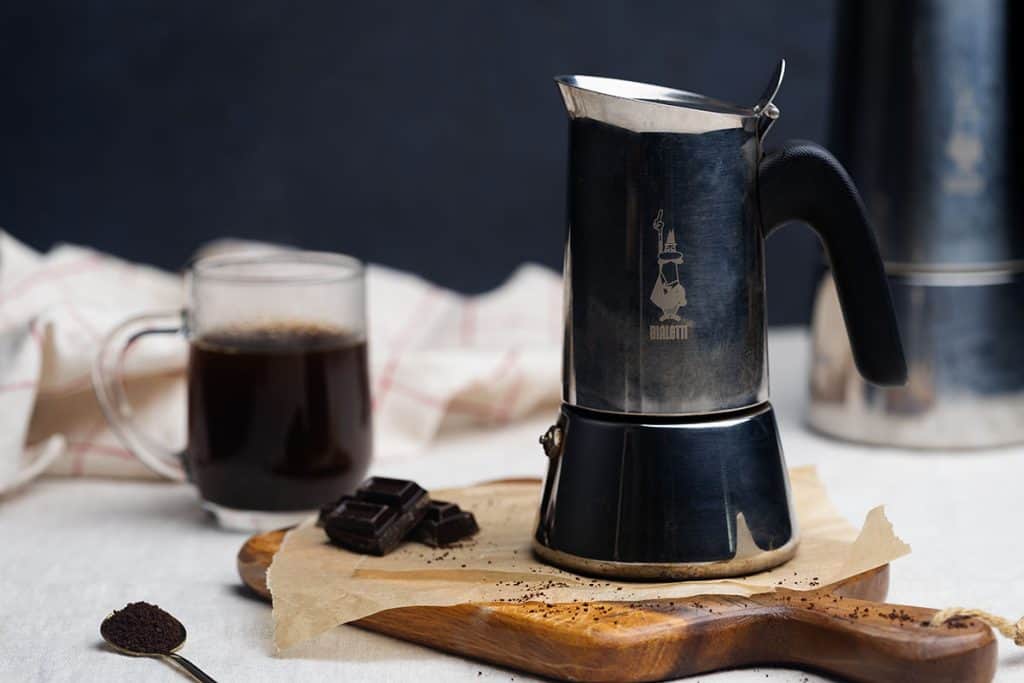
Why I use a Moka pot every day
As a former barista, I can confidently say that stovetop brewing is one of the best and easiest ways to make Italian coffee. I use a trusted Bialetti Venus for many years now and I love the ritual, ease of use, and portability.
Unlike other brewing methods, there’s no need for pods, filters, or cumbersome machines. With just the Moka pot, filtered water, and freshly ground coffee, I can make a delicious and robust cup of coffee and the used coffee grinds can easily be composted. Its compact design also means that I can take it with me wherever I go, ensuring I never have to compromise on the quality of my coffee.
The gentle hissing sound is the cornerstone of my morning routine and I hope by reading this comprehensive guide it will become part of yours as well.
What is a Moka pot?
A Moka pot, also known as a stovetop espresso maker, is a traditional Italian coffee brewing device. It was invented by Luigi De Ponti in 1933 and later popularized by the Bialetti company. It is designed to brew a strong and flavorful coffee that resembles espresso.
How does a Moka pot work?
The Moka pot consists of three chambers: a bottom chamber for water, a middle chamber for ground coffee, and a top chamber for the brewed coffee. As the water in the bottom chamber heats up, it creates pressure, forcing the water through the coffee grounds and into the top chamber. The resulting coffee is bold, strong, and rich in flavor.
Moka pot vs. espresso
While Moka pot coffee is often compared to espresso due to its concentrated nature, there are significant differences between the two.
Espresso is brewed under high pressure using an espresso machine, resulting in a rich, syrupy shot with a layer of crema on top.
Moka pot coffee, on the other hand, is brewed with steam pressure and doesn’t have the same level of pressure or crema. While Moka pot coffee shares some characteristics with espresso, it is not technically considered true espresso. However, it can still be a flavorful and satisfying alternative for espresso lovers.
Moka pot vs. pour-over
While Moka pot coffee is brewed with steam pressure, pour-over brewing involves pouring hot water over a filter filled with coffee grounds, allowing the water to slowly drip through and extract the flavors.
Pour-over coffee emphasizes clarity, brightness, and a lighter body in the final cup. This brewing method allows for more control over the brewing process, as the speed and direction of the pour can be adjusted to extract different flavor profiles.
Moka pot vs. percolator
If you’re looking for a stovetop coffee brewing method, you might also come across percolators. While both Moka pots and percolators are stovetop devices, they differ in how they brew coffee.
Percolators work by cycling boiling water through the coffee grounds repeatedly, whereas Moka pots use steam pressure to extract the coffee flavors. The result is a significant difference in taste. Moka pots produce a concentrated and bold coffee, similar to espresso, while percolators often result in a lighter and more diluted brew.
The perfect coffee ratio
To brew the perfect Moka pot coffee, it’s important to maintain the right coffee-to-water ratio. The general guideline is to use one tablespoon of coffee grounds for every 1.5 to 2 ounces of water. However, you can adjust this ratio based on your personal preferences. Experimenting with different ratios will help you find the perfect balance that suits your taste.
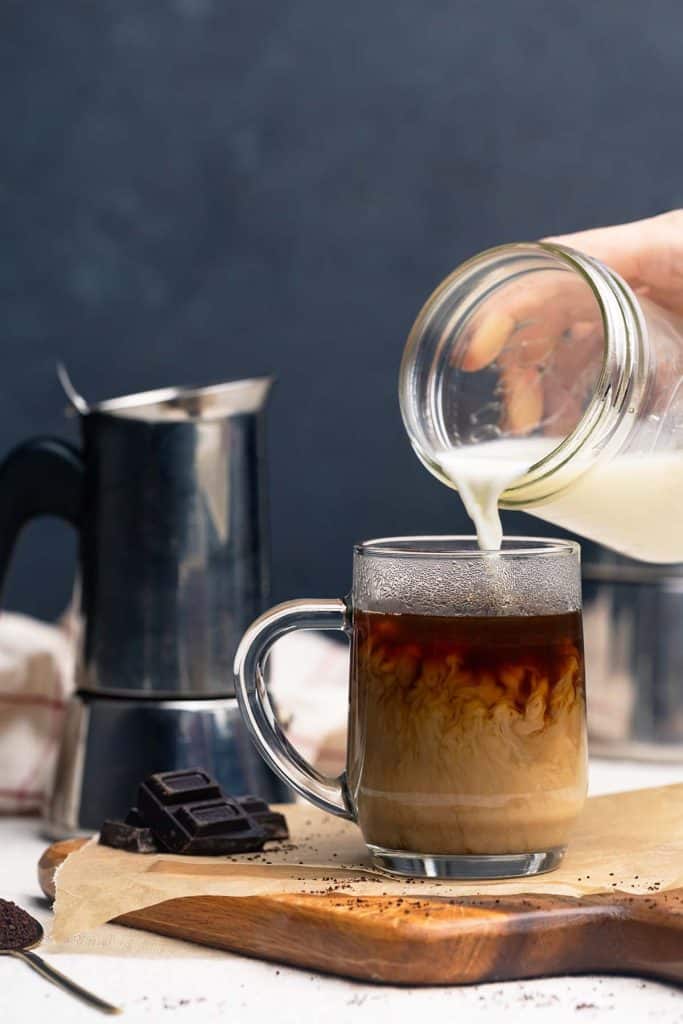
How to know when your pot is done
Brewing coffee with a Moka pot requires some practice to achieve the perfect balance. One key aspect to keep in mind is knowing when the brewing process is complete.
The best way to know when your coffee is done is by listening for a gurgling or hissing sound. This sound indicates that all the water has been forced through the coffee grounds and into the top chamber. Once you hear this sound, remove the pot from the heat source to prevent over-extraction.
Brewing on induction
With the popularity of induction cooktops on the rise, it’s important to note that not all Moka pots are compatible with this type of stovetop. Traditional aluminum pots may not work on induction cooktops because it is not magnetic.
However, there are Moka pots specifically designed for induction stovetops, made from materials such as stainless steel. These pots have a magnetic base that allows them to work efficiently on induction cooktops. If you have an induction stove, make sure to look for one specifically labeled as “induction compatible” to ensure proper functionality.
Best coffee beans
Choosing the right coffee beans for your Moka pot can enhance your brewing experience. Opt for medium to dark roast beans that can withstand higher temperatures and longer brewing time using this method. These roasts tend to have a fuller body and richer flavors, which complement this brewing method.
Some popular coffee beans for Moka pots include Brazilian, Colombian, and Italian blends.
Best coffee grind size
The grind size of your coffee beans plays a crucial role in the extraction process. For a Moka pot, it’s recommended to use a medium-fine grind which is often compared to sea salt in terms of size. This allows for enough surface area contact with the water, resulting in a balanced and flavorful brew.
A grind that is too fine can lead to over-extraction and a bitter taste, while a grind that is too coarse may result in a weak and under-extracted cup of coffee. Experimenting with different grind sizes will help you dial in the perfect extraction for your coffee.
Best Moka pots
When it comes to choosing a Moka pot, there are numerous options available on the market. Some popular brands include Bialetti, Alessi, and Cuisinox. Consider factors like size, material (aluminum or stainless steel), and specific features such as heat-resistant handles or induction compatibility when selecting the right stovetop coffee maker for your needs.
I use the Bialetti Venus stovetop moka pots in 2-cup and 4-cup sizes.
More tips
Check out the following handy resources for more kitchen tips.

